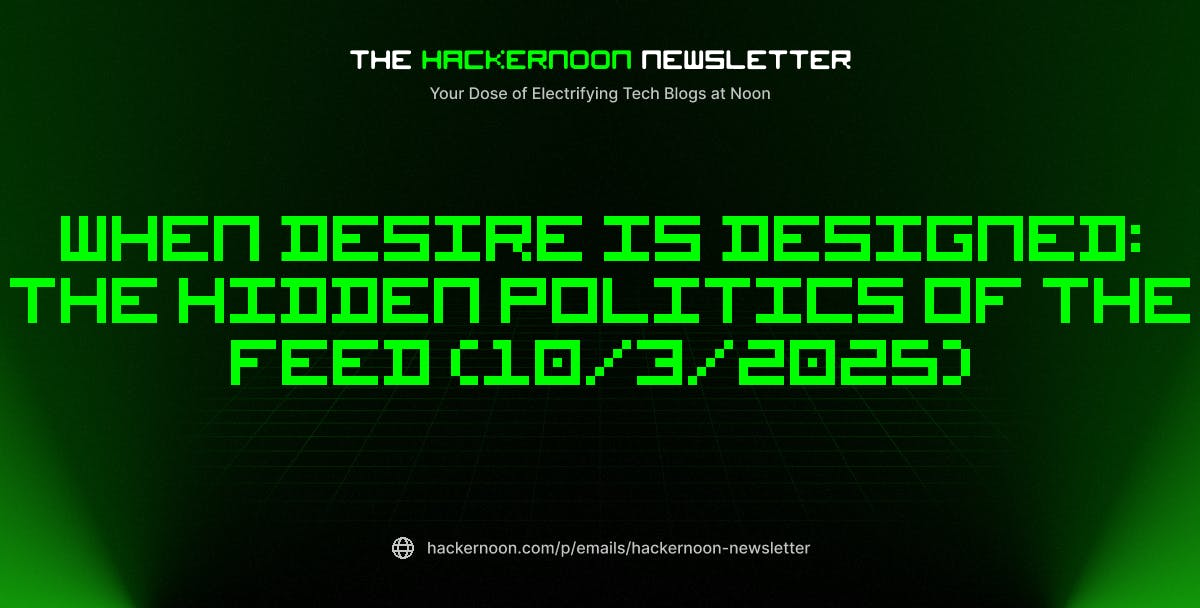A team of researchers from the Massachusetts Institute of Technology (MIT) have some exciting ideas about the future of digital mapping for space exploration. They completed a paper titled “Construction of Digital Terrain Maps from Multi-view Satellite Imagery using Neural Volume Rendering” (via Cornell University) on August 2, 2025. It’s been submitted to the Institute of Electrical and Electronics Engineers (IEEE) for publication.
The research focuses on the challenge that planetary missions are becoming increasingly complex and currently rely on digital terrain maps (DTMs) for landing and navigation in environments that have no GPS access, such as Mars. However, DTMs are not simple to use, requiring manual image cleanup and struggling with inconsistent lighting. The continuation of exploration to places like Mars is dependent on high-quality DTMs. The researchers looked into AI techniques like neural volume rendering to solve this issue.
What they are proposing is referred to as Neural Terrain Maps (NTM). It combines data into detailed 3D maps from satellite images by using advanced AI rendering methods. These maps will be high-resolution even with imperfect camera data. This technique could improve future Mars missions, such as researching the critical potential for water on Mars.
The research for digitally mapping Mars
The research team explored the use of AI tools like GANs and transformers to clean up satellite images to make them easier and faster to use. They also looked into techniques like Shape-from-Shading that can more easily handle inconsistent lighting and refine shadowed areas on maps. The paper emphasized that using the cleanest images from large datasets can mitigate these issues from the start.
The research also tackled the problems created by Neural Radiance Fields (NeRFs), which are currently used to transform 3D scene reconstruction from images with known camera settings. However, the problem with NeRFs is that they usually store scene geometry implicitly, so extracting actual 3D shapes like terrain maps requires extra steps and extra manual work. The team believes that the new NTM method will overcome these issues and will outperform NeRF approaches by ensuring the terrain is fully accurate in 3D scene reconstruction based on tests performed on Mars’ Gale Crater.
Neural volume rendering offers powerful flexibility that future Mars exploration could benefit from. There are more enhancements that can be made to the process to improve it. Adding an illumination model to simulate how light interacts with terrain and is influenced by clouds or dust would boost accuracy. The system could also be upgraded to train on images from multiple frequency bands, like radiation data, to combine imagery for a more complete picture. This could even potentially improve the new images of the giant scar on Mars.
What this means for the future of Mars mapping
The research concludes that Neural Terrain Maps could be especially useful for mapping planetary surfaces without prior terrain knowledge, or where data is limited. The NTM has been tested on both real and synthetic satellite data from Earth and Mars with proven accuracy. It even succeeded where traditional rendering techniques failed. This is a promising advancement for supporting future space missions to under-mapped and poorly understood regions of other planets.
NASA has upcoming missions to Mars planned for the future. The Martian Moons eXploration (MMX) is a Japanese (JAXA) mission planned for launch in 2026. Its purpose is to explore Mars’ moons and collect samples. The new NTM techniques perhaps have the potential to find good landing zones and areas for MMX exploration.
The ExoMars rover is a European Space Agency mission expected to launch after 2028. It is seeking evidence of life on Mars in the past, which could help understand the potential for life on Mars in the future. Neural Terrain Maps could possibly help identify promising areas to focus on. It could even look into areas where cosmic rays could support life on Mars. We will have to wait and see how further testing and advancements of this new technology are used in future space exploration.











